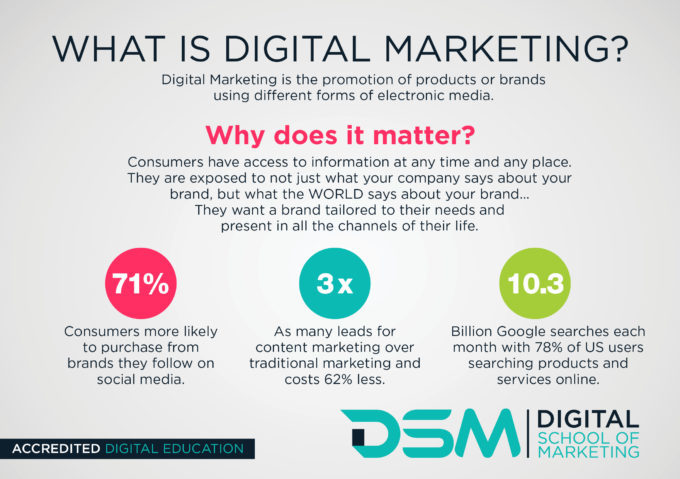
In the world of social media, you have many options to offer your customers. It is crucial to be open and responsive. You also need to have a human personality, and avoid getting into public spats with customers. Many online retailers, small to medium size, do not offer social media customer support. You can still build relationships with customers using this new medium. We will be discussing some best practices in social media customer service.
It is important to respond quickly
Social media has transformed customer service, and it requires a new approach. A social media strategy for customer service includes six core elements: strategy, response time and quality of engagement. It also requires technology enablers. Social Media Servicing Excellence Framework provides best practices for customer service via social media.
To ensure customer satisfaction long-term, it is essential to respond quickly. One study revealed that social media users expect a reply within one day. Rapid responses can also boost sales by up 40% Many brands don't respond quickly enough to social media customers. Customer service accounts for 70 percent of the buying experience.
Transparency and openness are key
Transparency is a vital component of good social media customer service. 99% of consumers desire brands to admit mistakes and be transparent. It also reduces outrage and increases brand trust. Sixty one percent of consumers will switch to a rival brand if a brand isn't transparent on social networks. Conversely, eighty five percent of consumers will give a brand another chance when it is transparent on social media.
It can also save a company’s reputation and help to prevent backlash after a catastrophic event. According to Sprout Social 85 percent of people will forgive a company if they make a mistake. Transparency can also help you create a clear and concise action plan.
FAQ
Content marketing: Where do I begin?
Start by identifying your audience. Who are they? What are their needs? How can they be helped? Knowing who you are writing for will help you decide where to put your efforts.
How does content marketing work
Content Marketing works because you produce valuable, engaging content that provides value.
Building relationships with your audience is possible when you share useful information, solve problems, entertain or engage them. People will respond positively to positive messages from brands they trust.
It's interesting to read things that interest people. Your readers will keep coming back for more when you write something interesting.
Your content should drive people to take action - whether buying your product, signing up for your newsletter, visiting your website, or sharing your article via social media.
Effective content marketing starts with compelling copy that is engaging your target market and gives them the information they need.
What are the 7 steps to content marketing?
The seven-step process of content marketing involves:
-
Identify the problem
-
Discover what's working today
-
New ideas are possible
-
Make them strategic
-
These are the best!
-
Take measurements
-
Keep going with the same process until something works.
This approach is proven to work for all businesses, large or small.
What's the difference among content creation and marketing?
Content marketing is a way to ensure that every brand has the same message. They continually deliver useful information that people want or need.
Content marketers are skilled at creating the right content for every channel and time.
They know how to plan and execute a marketing strategy that will be effective in promoting their products.
In other words, they think strategically about what they do and why it matters.
This is the foundation skill set required to be a successful content marketing professional.
Statistics
- Content marketing produces 3X more leads per dollar spent. Content marketing costs 62% less than traditional marketing. (criteo.com)
- An example of an overarching goal could be: "In 2022, we want to achieve a 20% increase in revenue created by organic content and generate 15,000 MQLs with a budget of $30,000." (semrush.com)
- Forty-seven percent of buyers view 3 to 5 pieces of content before engaging with a sales representative. (mailchimp.com)
- In fact, would pay more for a better customer experience, and 86% of B2B buyers would pay more. (neilpatel.com)
- Measure your goals with a progress indicator of 0-100%. Make your goals collaborative and transparent (semrush.com)
- According to our research, brand awareness, attracting traffic, and generating leads remain the key content marketing goals in 2022. (semrush.com)
- According to research compiled by Coschedule: Companies that publish 16+ blog posts a month get as much as 3.5x as much traffic as those that publish 0-4 posts a month. (criteo.com)
- We found that 40% of businesses don't have a documented strategy yet. (semrush.com)
External Links
How To
What is a Content Marketing Strategy?
A content marketing plan (CMP) is a strategic document that helps you define your goals, objectives, and strategies for developing and executing your online presence. It's a blueprint for reaching your goals through content distribution and creation.
The CMP usually breaks down into three major areas:
-
Your overall strategy. How do you plan to achieve your goals?
-
Your content strategy. How will you find the right people for writing, curating, and distributing your content.
-
How you will execute your strategy. Which channels are you going to use to share your content. What content types will you create?
These are the components that make a CMP effective.
-
Goal Setting: Define your audience and define KPIs to measure success.
-
Audience Research - Understand your ideal customers so you know exactly where to look for them.
-
Strategy – Create a clear vision for where you are going. Break it down into smaller pieces.
-
Execution – Set realistic expectations about when you can expect to see results.